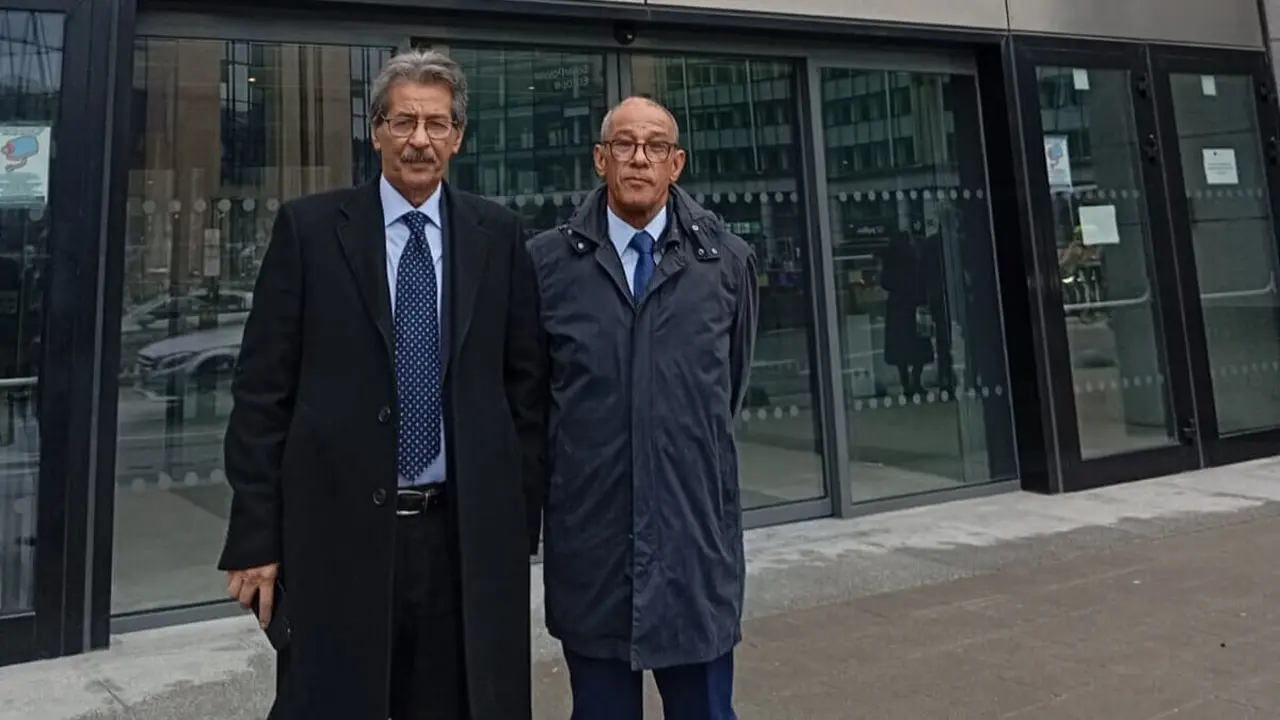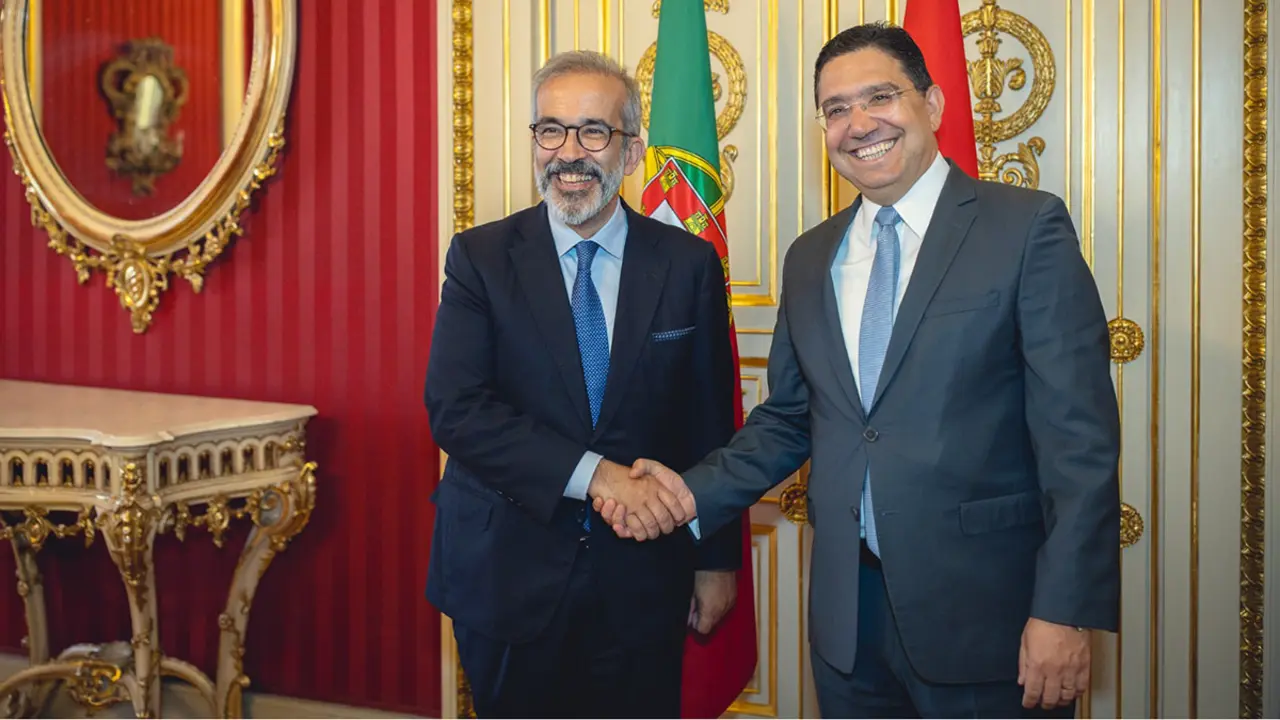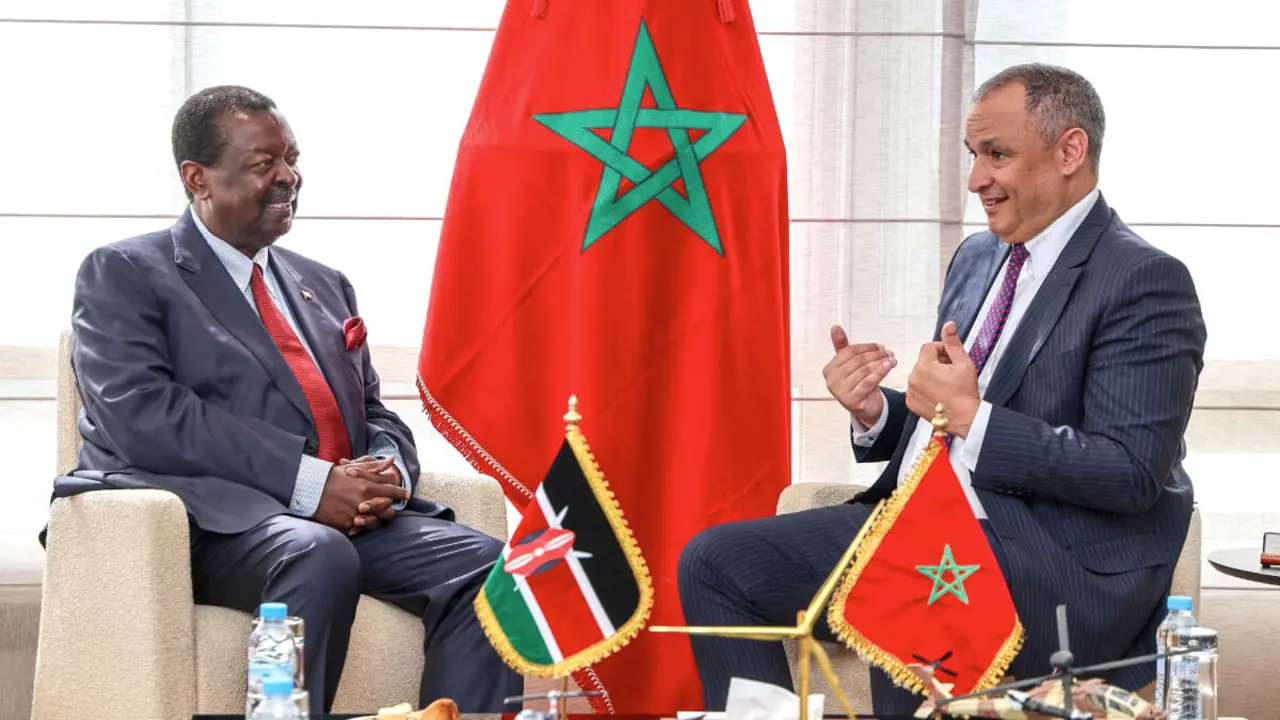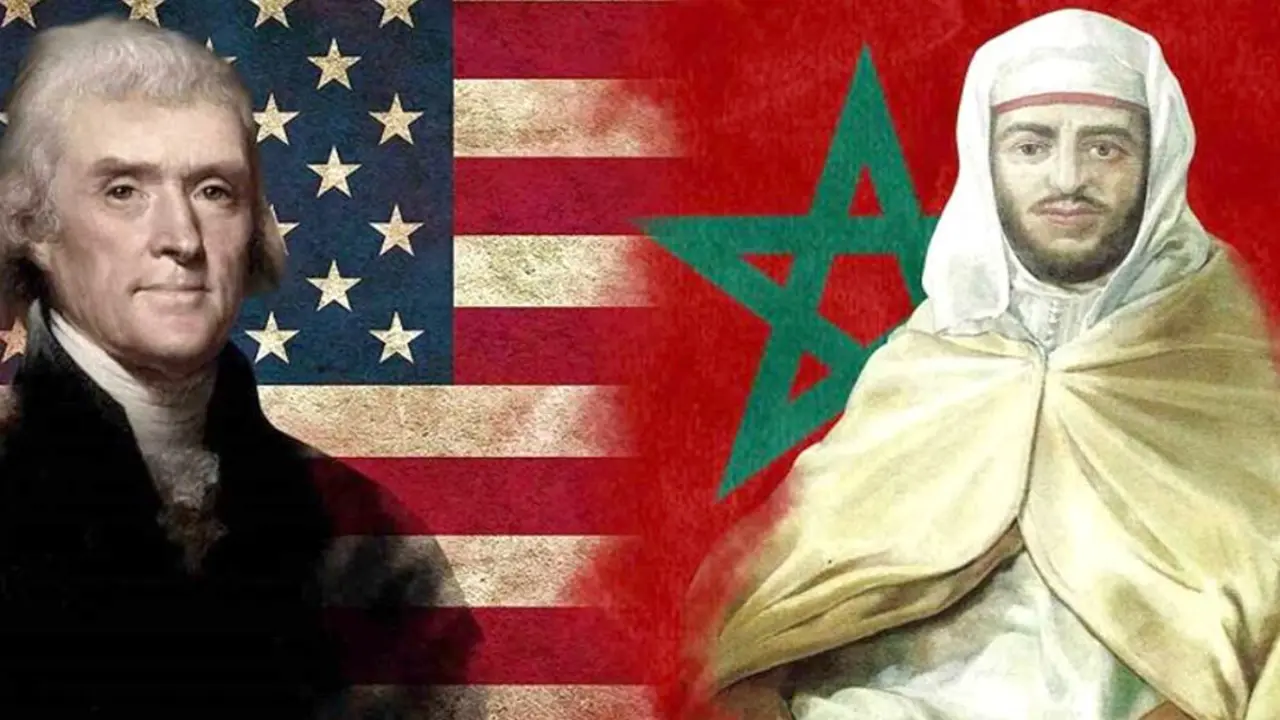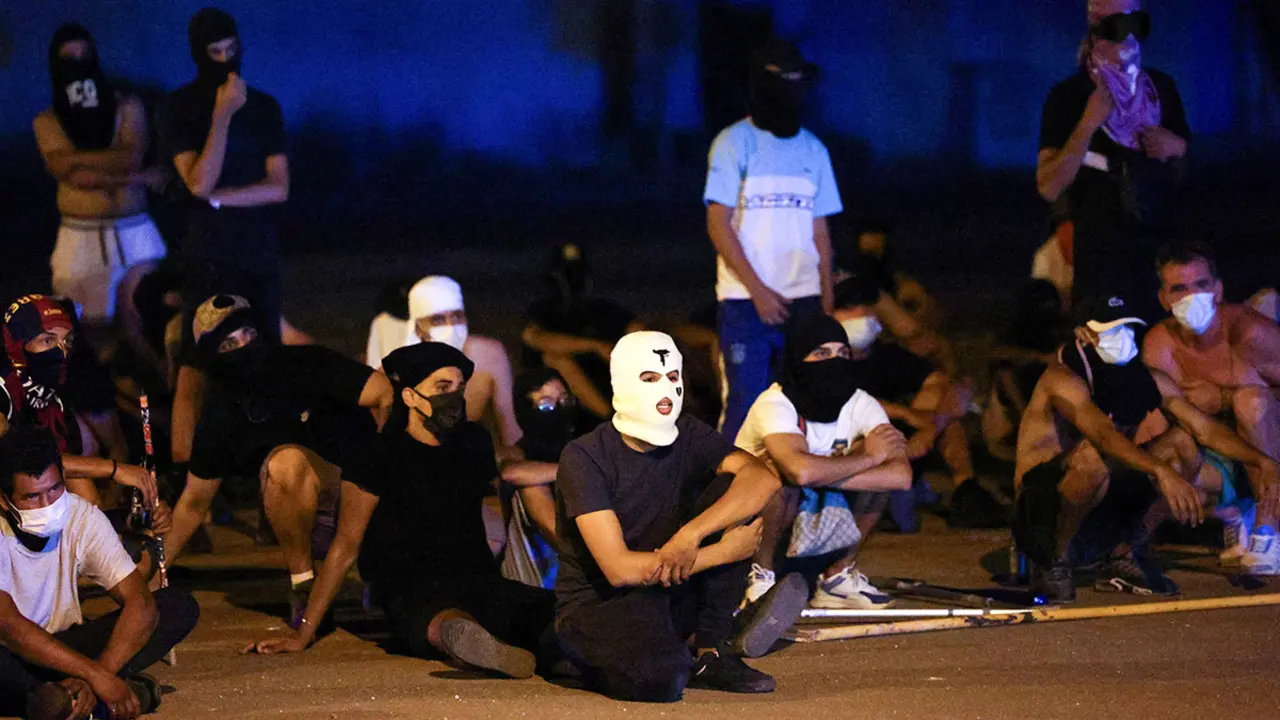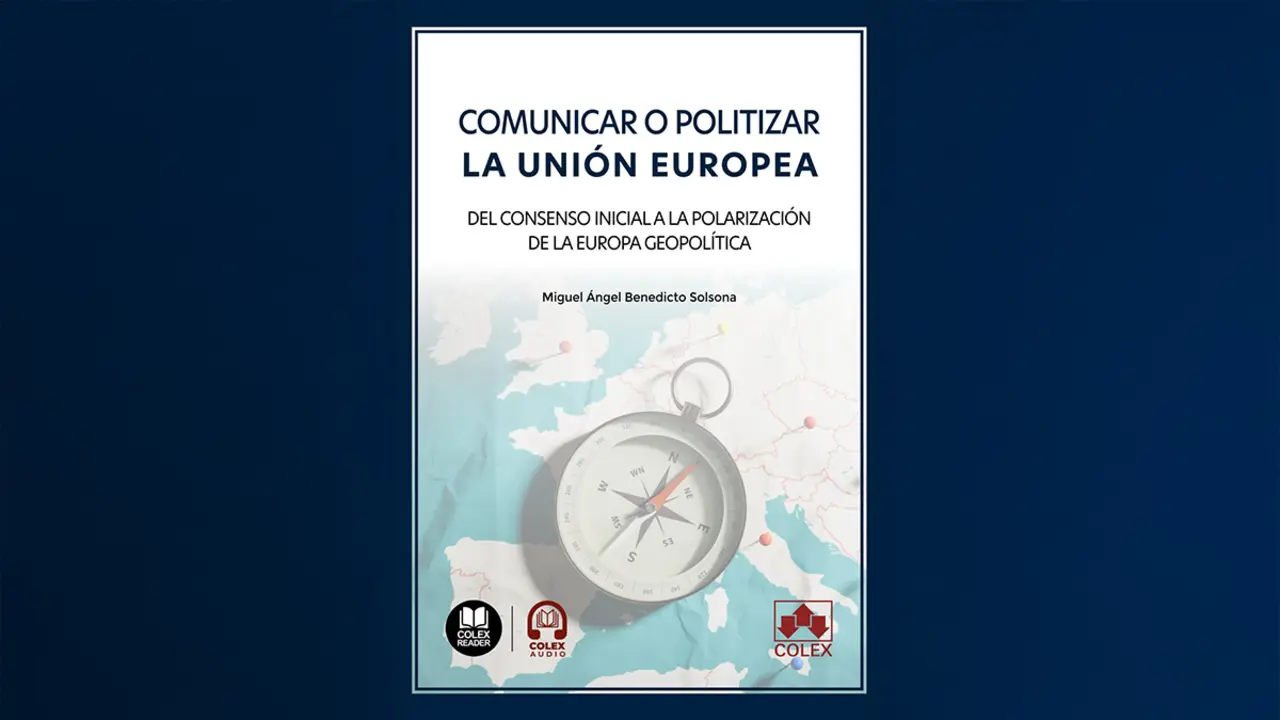Gold fever in the Sahel: the great opportunity for jihadists
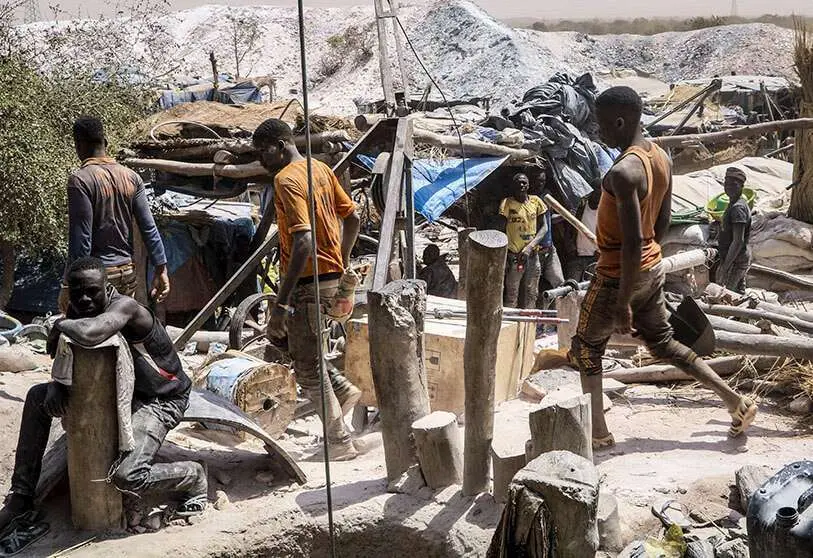
In recent history, the gold fevers have meant a strong demographic and economic change for those places that have suffered them: Mexico, California, Argentina... are regions that have transformed part of their landscape with the construction of the mines and produced a massive and hasty migration to these areas.
In the Sahel area, it was in 2012 when a Saharan vein of gold was discovered extending from Sudan to Mauritania. For Burkina Faso, for example, this market accounts for 20% of GDP and the country's economy depends on the price of the metal on the international market.
The mining sector in Burkina Faso could provide it with significant wealth, but the fact that most of the gold is for export has meant that only a few make a profit. Among them are armed groups and terrorists, who have seen mining as their main source of funding and even of territory, where they can recruit, as these are areas where the State is weak and absent. In addition, informal networks in the region are increasingly involved in smuggling precious metals, which further increases violence in the area.

In 2012, a particularly rich vein was found that crosses the Sahara from east to west. Since then, new discoveries in Chad, Niger, Mali and Burkina Faso have increased the production and sale of this mineral in the artisan continent. Extraction figures range from 20 to 50 tons of gold per year in Mali and 10 to 30 tons in Burkina Faso, equivalent to a monetary amount of between $2 and $4.5 billion per year. Most of the metal is then destined for the Gulf monarchies, including the United Arab Emirates (UAE).
The International Crisis Group estimates that over two million people in Mali, Niger and Burkina Faso are directly involved in artisanal gold mining, although it is estimated that the number of people indirectly employed could be three times that number.
At this point, it should be noted that, in addition to the major problems of social, environmental and political governance, the increase in violence in this area has led to new security concerns. In a context where states are weak and several armed groups are stepping up their activities - currently taking advantage of the chaos generated by the outbreak of the coronavirus pandemic - gold has been a major discovery for jihadists and insurgents in the region, who have taken over mining sites and turned them into their own source of financing, as well as contributing to the growth of international money-laundering networks.
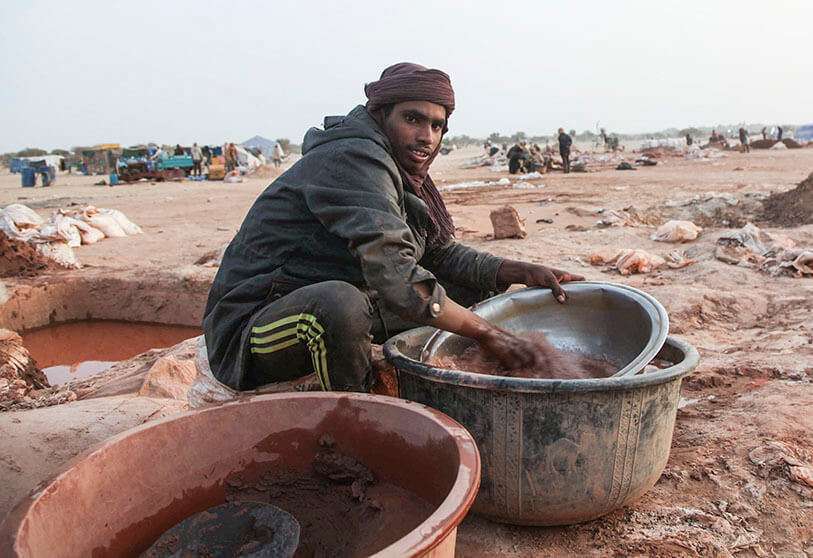
In the north of Burkina Faso, where there are the largest number of mines, different Islamist groups are fighting a guerrilla war since 2016. Ansarul Islam, a group from Ouagadougou, as well as the Group for the Support of Islam and Muslims (JNIM), a jihadist organisation that brings together four others, including Al Qaeda in the Maghreb and Al Murabitin, and to a lesser extent the Islamic State in the Great Sahara (ISGS), operate in the country.
These militiamen have been at the forefront of violence surrounding mining, such as the one that took place on 6 November 2019, when unidentified gunmen attacked a convoy of Semafo, a Canadian company that operates the Boungou gold mine in eastern Burkina Faso, and 40 employees were killed.
Companies mining the ore have been increasing their security, but the attacks have prompted many, mainly Canadian and Australian, to rethink their operations in the African country. Thus, one of the major concerns of the Sahel states and international organisations such as the Organisation for Economic Co-operation and Development (OECD), is that the jihadists will take over the gold.
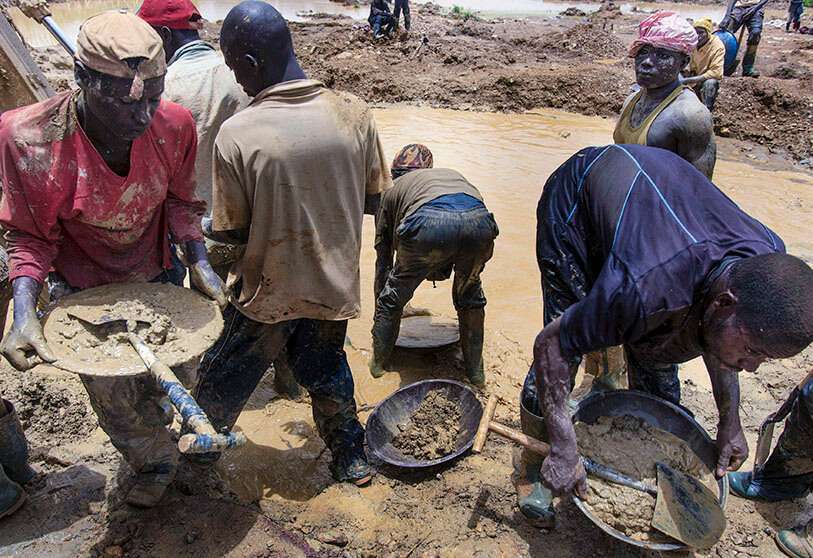
The main jihadist groups benefit financially from gold mining, an activity they consider 'halal' (legal) in their areas of influence. They do so through different methods that vary from region to region. For example, in the Soum province of Burkina Faso, gold vein miners pay jihadi groups for their security; while in Mali, the jihadi group Ansar Dine (a member of the Islam and Muslim Support Group), does not have an armed presence to secure the site, but levies 'zakat' (religious tax) on the miners and the rest of the population.
For the time being, the gold areas remain largely a secondary source of funding for jihadist groups in the Sahel, although it could become primary as they gain territory in the countries of the area, which are often full of precious metal deposits. In addition, these places have become a recruitment camp for jihadi groups that have been preaching the need to respect Islamic law, as some communities have supported this morality.

The weakness of the states and the internal crises they suffer, added to the violence exercised by the groups in their actions, have made this problem a key challenge for the security of the countries in the area. The gold boom has opened up new opportunities for the general population, but has also paved the way for the proliferation of armed groups.


